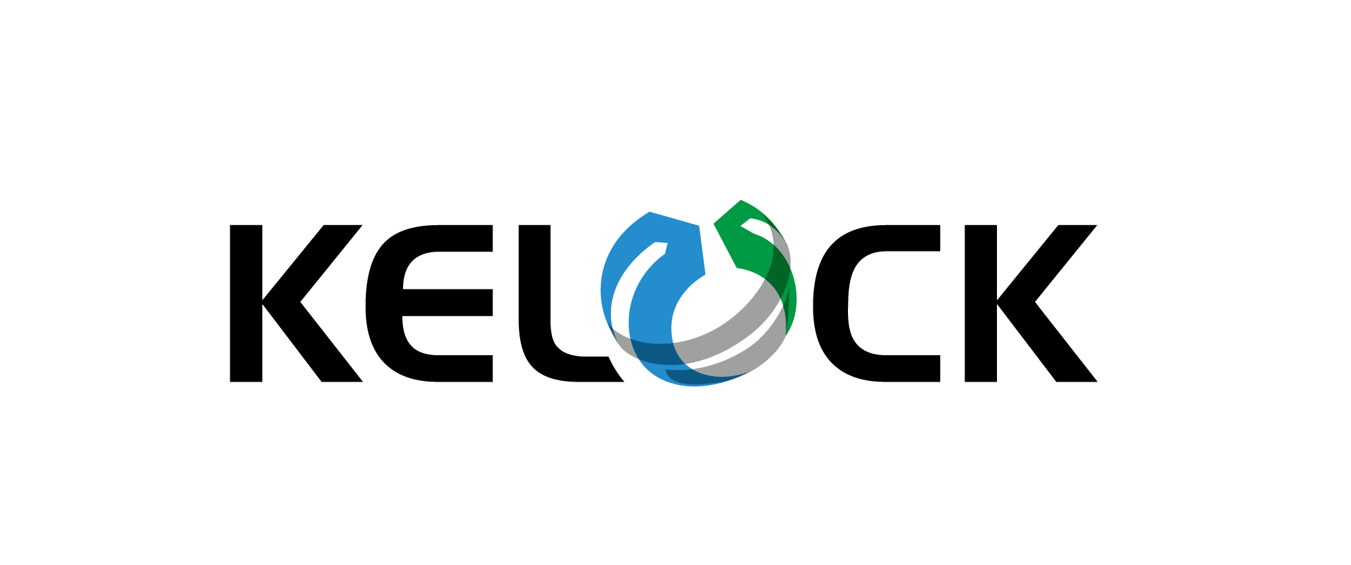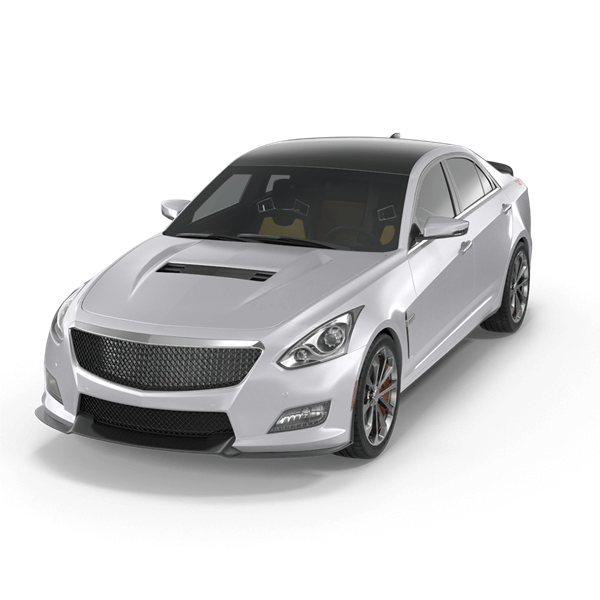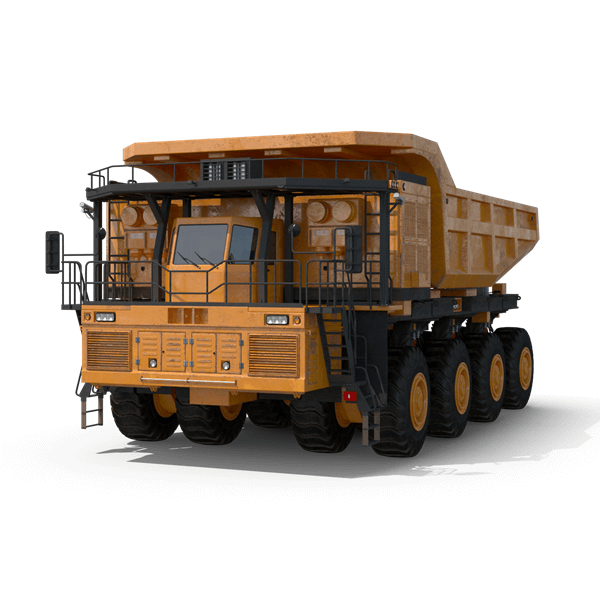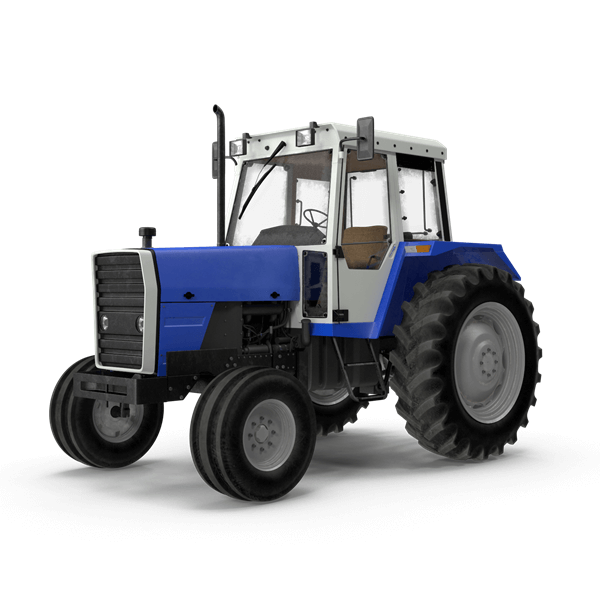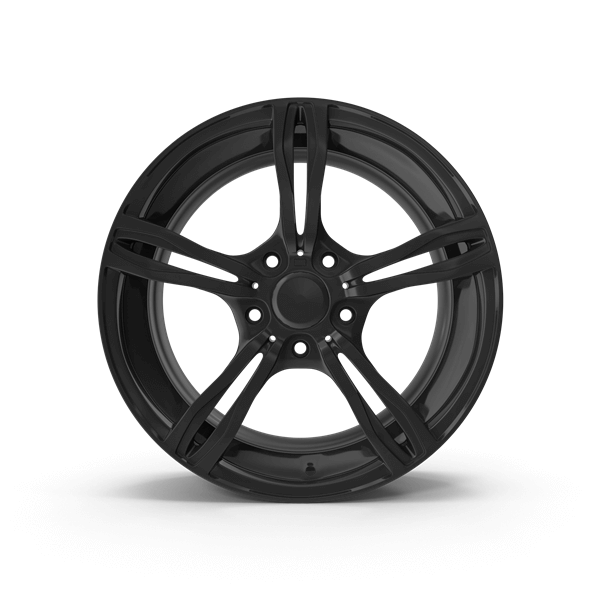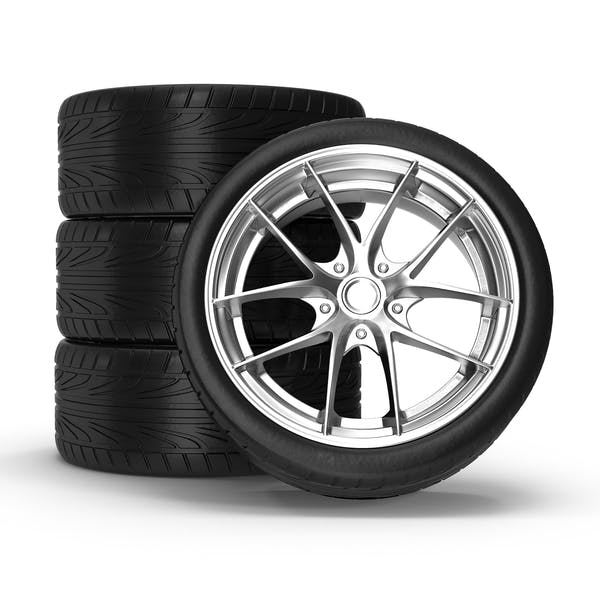The difference between "Tire" and "Tyre" and global usage trends
01English usage in the tire industry
In the tire industry, the use of English is indispensable because almost all tire logos are marked in English. Among them, the word "tire" is the most commonly used. However, sometimes foreigners use tire (TIRE) to represent it, and sometimes tyre (TYRE). What are the differences and differences between these two writing methods, and how should we choose?
【The difference between “tire” and “tyre”】
According to the general dictionary explanation, tyre (TYRE) is a more commonly used writing method , covering various usages and meanings of tires. Tire (TIRE) is sometimes used, but its scope is relatively narrow and may be mainly used in certain specific occasions or fields. Therefore, in the relevant context of the tire industry, tyre (TYRE) is undoubtedly a more appropriate choice .
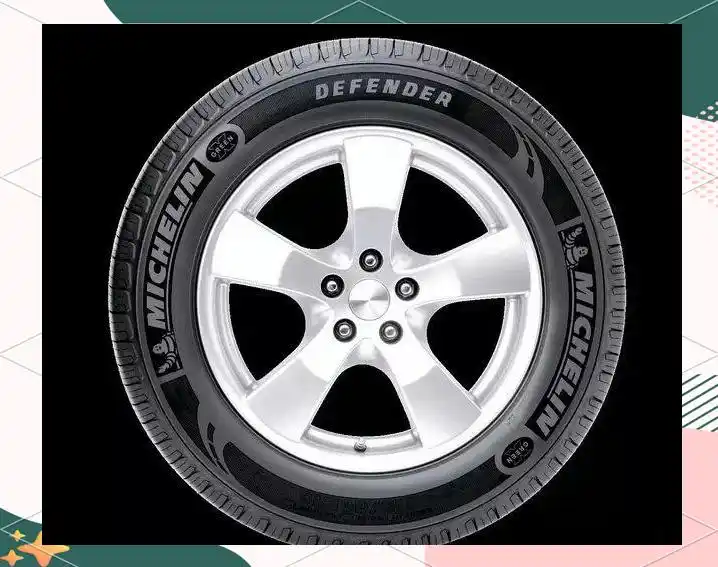
Tires are important components installed on wheels to support the weight of the wheel and assist the vehicle in driving. It is usually made of rubber or other elastic material, tightly combined with the wheel clamp, and jointly bears the weight of the vehicle and the friction during driving. Please note that tyre is not a correct word, and tire is its authentic spelling .
As you may have noticed, the word “tyre” is usually associated with European countries, while “tire” is more associated with American countries, especially the United States. However, from a historical perspective, the origin of "tire" was earlier than "tyre".

【The Origin and Evolution of Tire】
The history of " tire" can be traced back about 700 years ago , and its roots are "attire", which initially did not refer specifically to tires (at that time there was no concept of tires). As history evolved, the Latin word “tire” was gradually used to refer to tires as more people began to touch on wheels. Later, Americans further developed this usage, making “tire” almost a standard term in the tire industry.
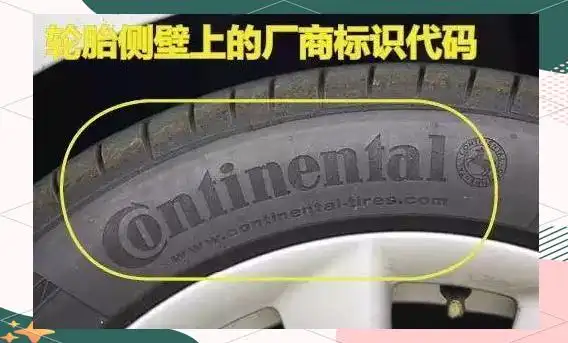
However, for many non-industry people, "tire" is more interpreted as " fatigue ". On the other hand, the word "tire" in Chinese is a result of half-sounding and half-meaning. Among them, "wheel" is taken from a rotating object, while "tidy" completely borrows the pronunciation of the foreign word "Tire".
It is worth noting that in Chinese, "fetal" is usually related to the birth of life and has no direct connection with tires. Let’s look at “tyre” again, it appears later than “tire”. Around 1923, with the widespread adoption and wide acceptance of the word "tire", some European conservatives, especially the British, coined the word "tyre" in order to demonstrate their uniqueness. They try to represent the object with a special word, thus giving it a greater sense of authority. Nevertheless, “tyre” is not accepted and used on a wider scale.
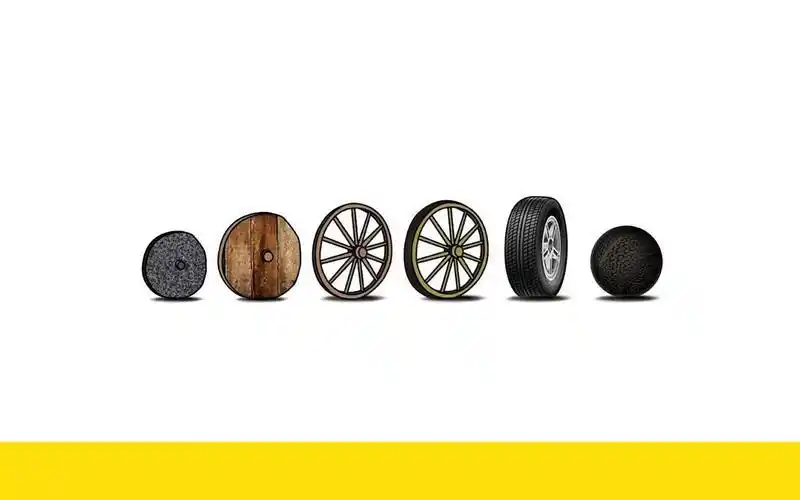
【Globalization trends and usage preferences】
As globalization advances, more and more people tend to use "tire" to represent tires. This trend is particularly evident in the United States, and many European tire manufacturers, such as Michelin and Continental, have also used "tire" to identify their products . In addition, the term "tire" is almost universally used in Asian countries, especially Japan. In China, although the two signs coexist, the use of "tire" is becoming increasingly widespread .
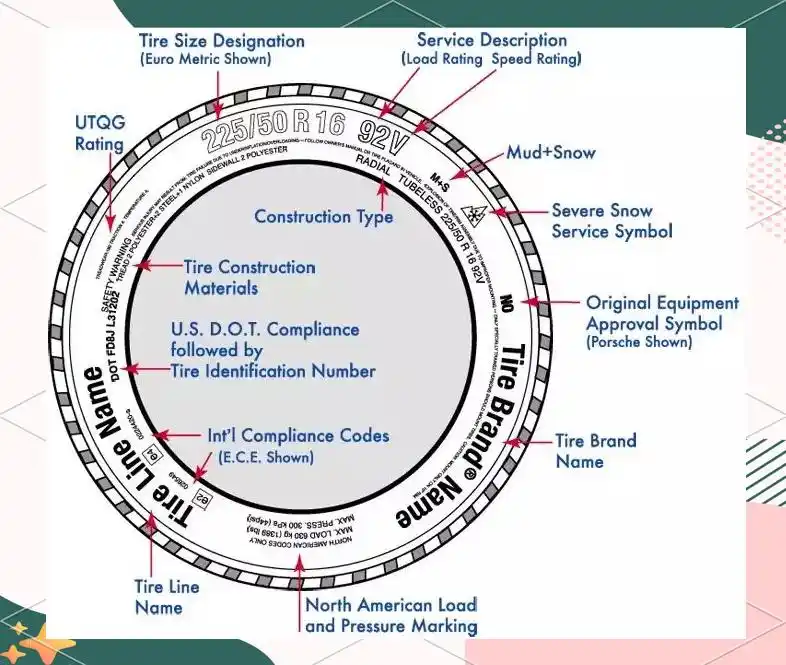

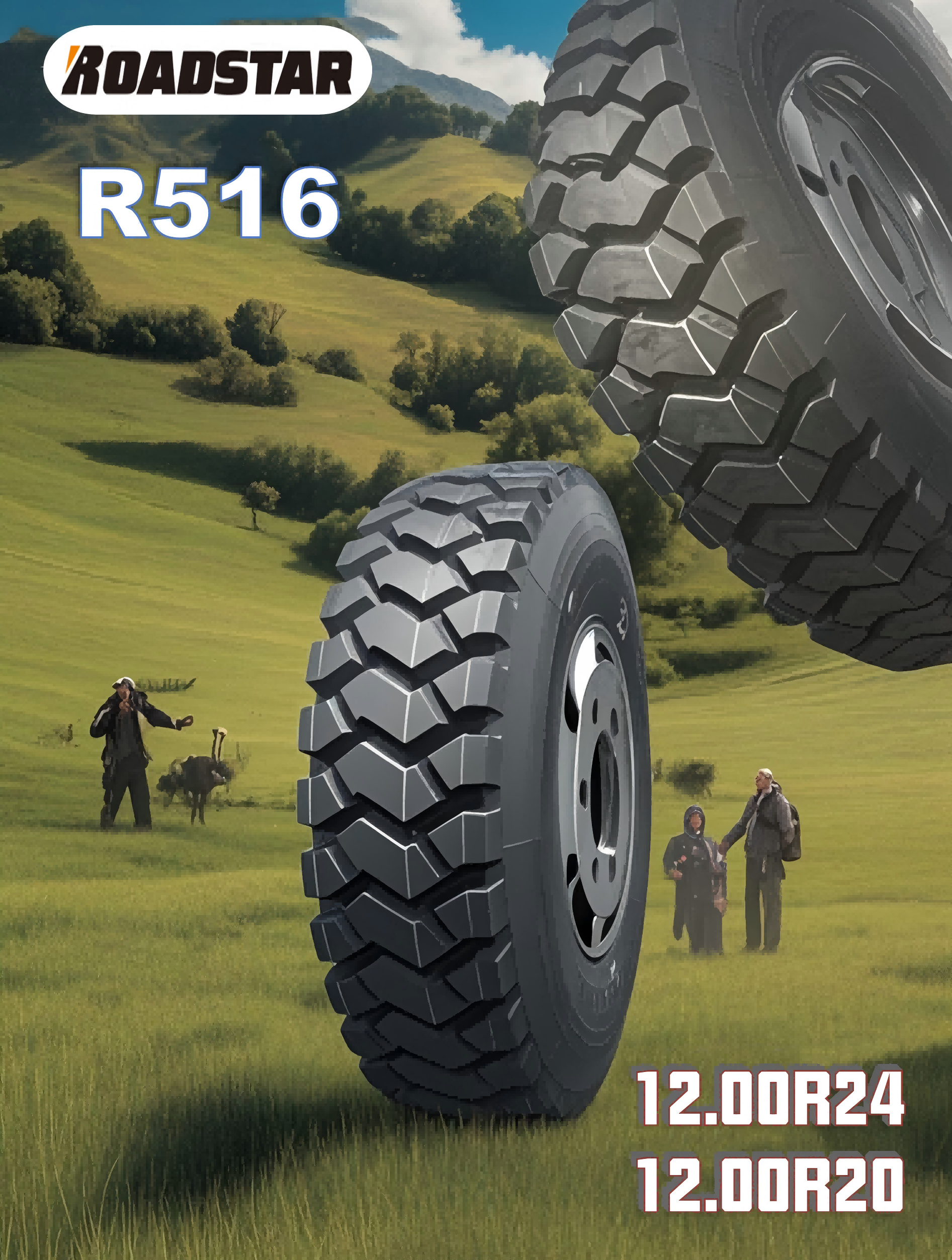 **ROADSTAR Launches R516 Pattern, a Robust Tire Solution for Mining Applications**
**ROADSTAR Launches R516 Pattern, a Robust Tire Solution for Mining Applications**
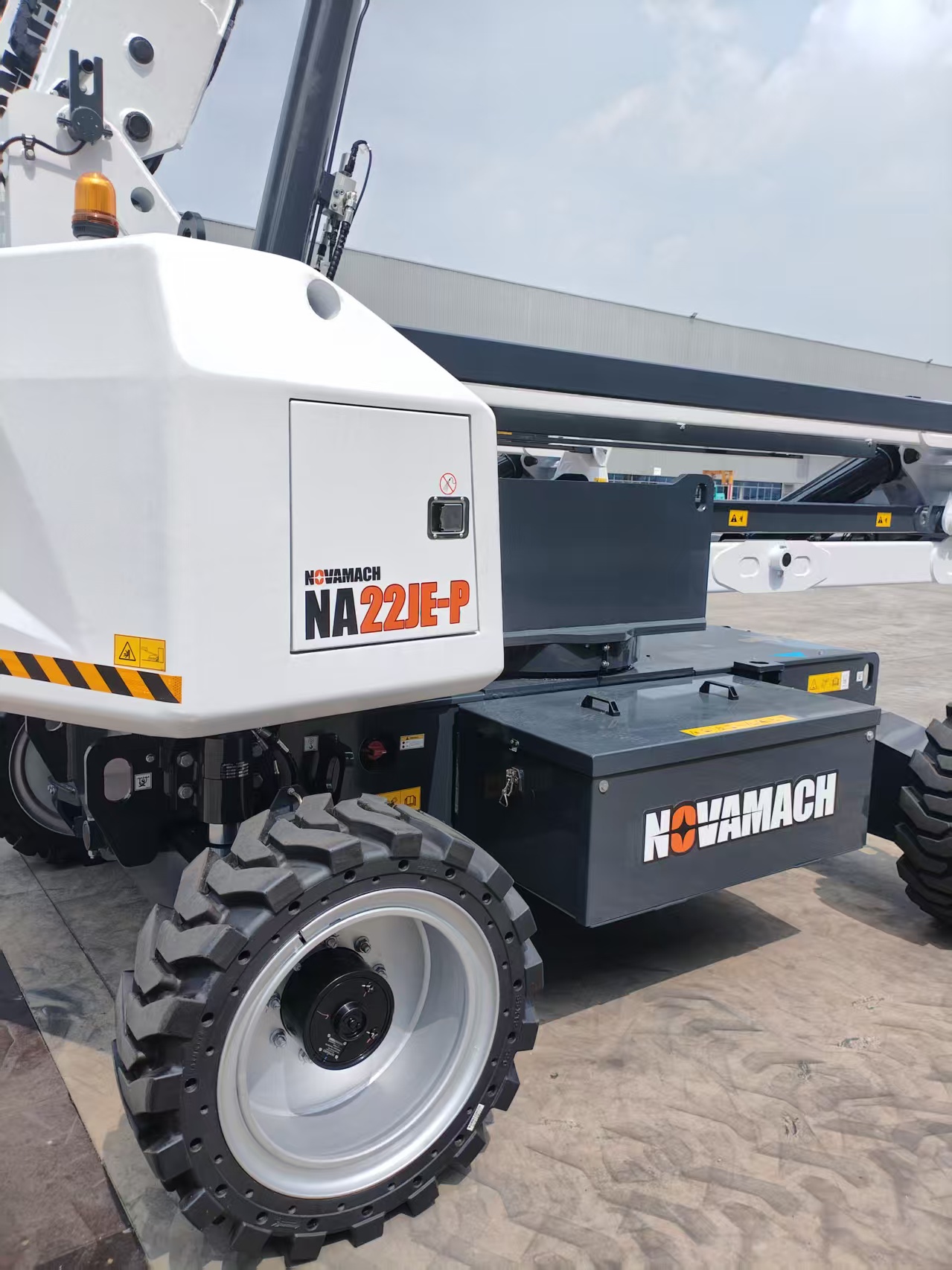 KELUCK TYRE Solid OTR Tires Successfully Enter the European Market, Gaining Acclaim in Belgium
KELUCK TYRE Solid OTR Tires Successfully Enter the European Market, Gaining Acclaim in Belgium
 Burkinabe Client Visits KELUCK TYRE, Strengthening Partnership with Landmark Order
Burkinabe Client Visits KELUCK TYRE, Strengthening Partnership with Landmark Order
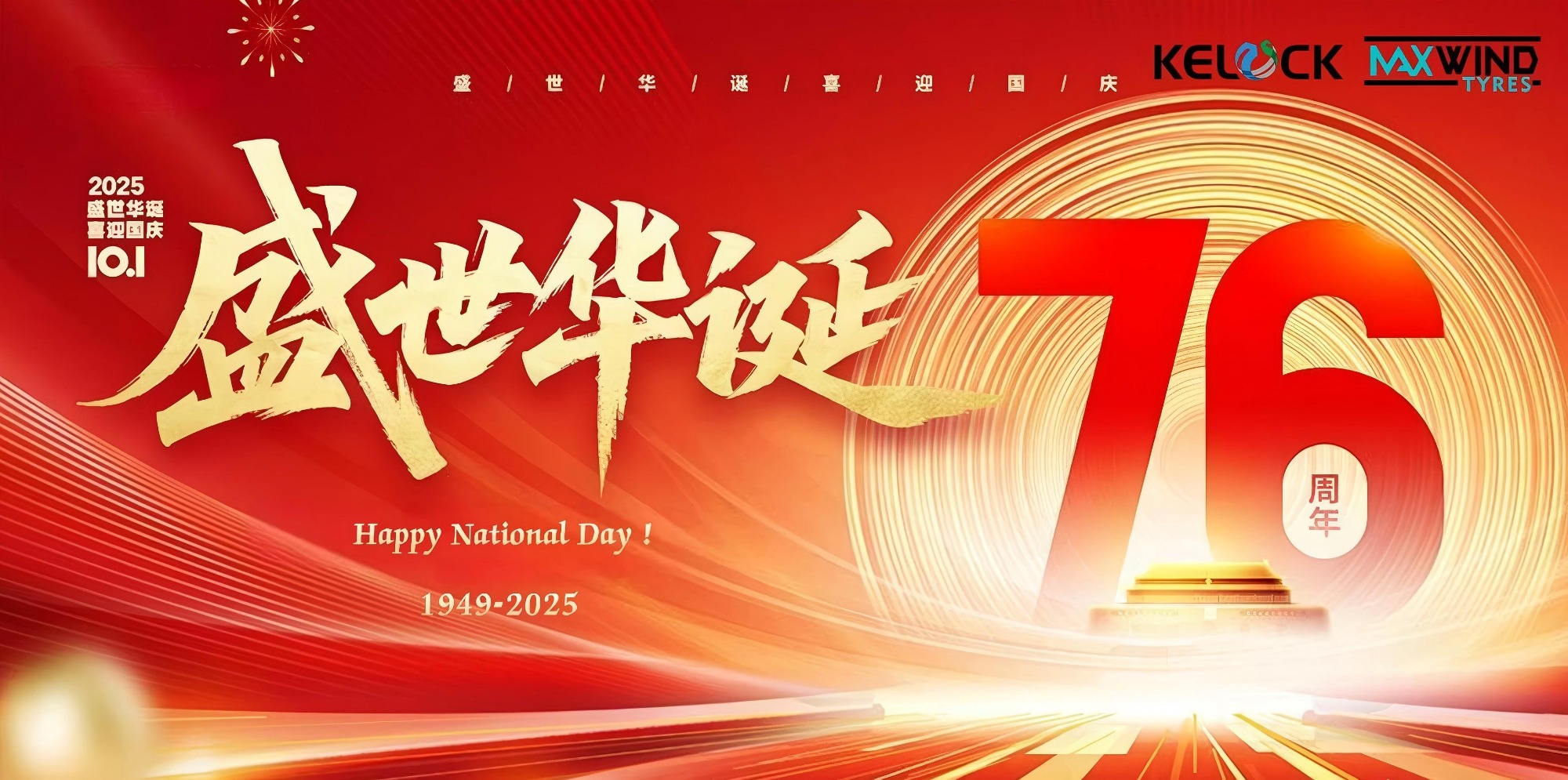 Qingdao Keluck Tyre Co., Ltd. Celebrates 76th Anniversary of the People's Republic of China
Qingdao Keluck Tyre Co., Ltd. Celebrates 76th Anniversary of the People's Republic of China
